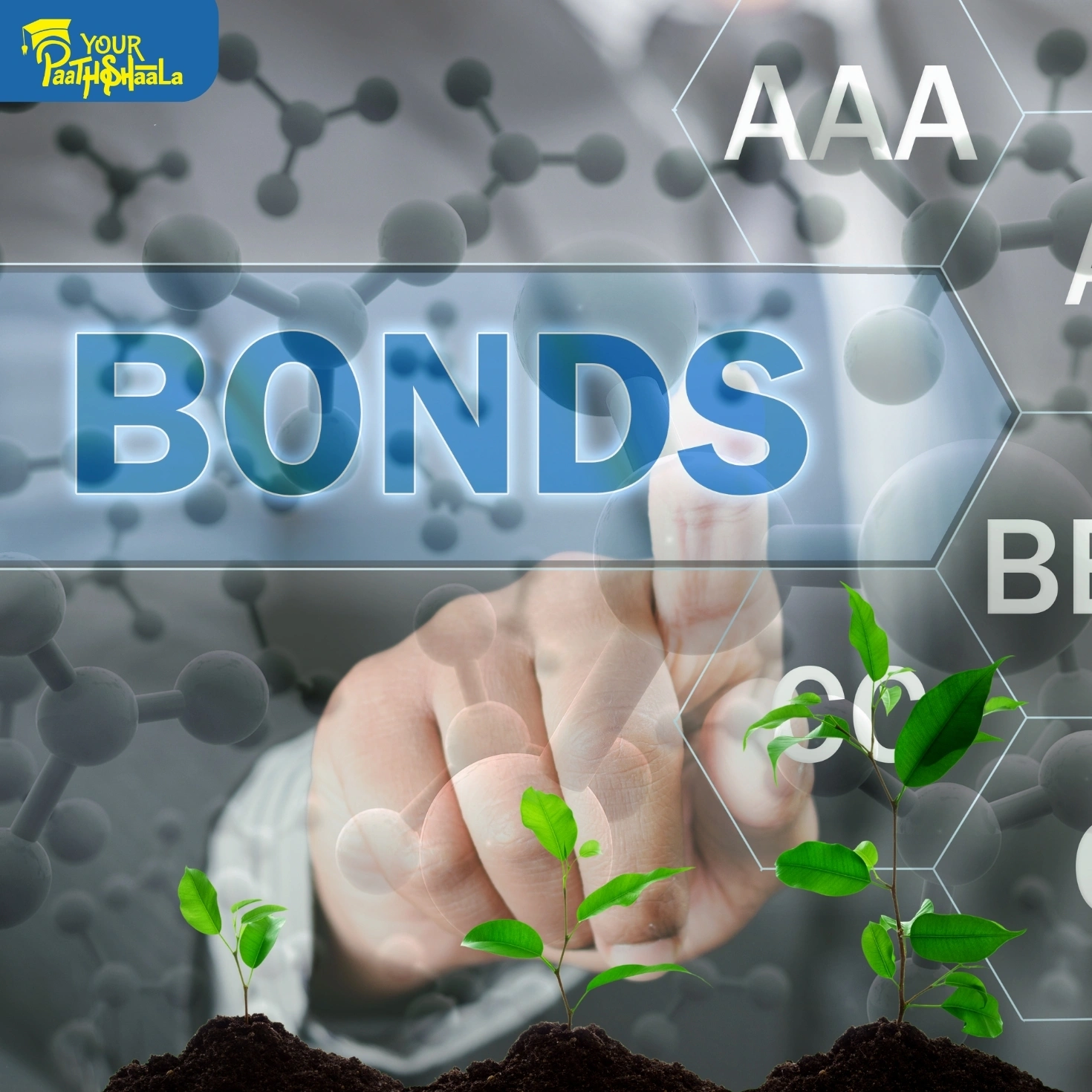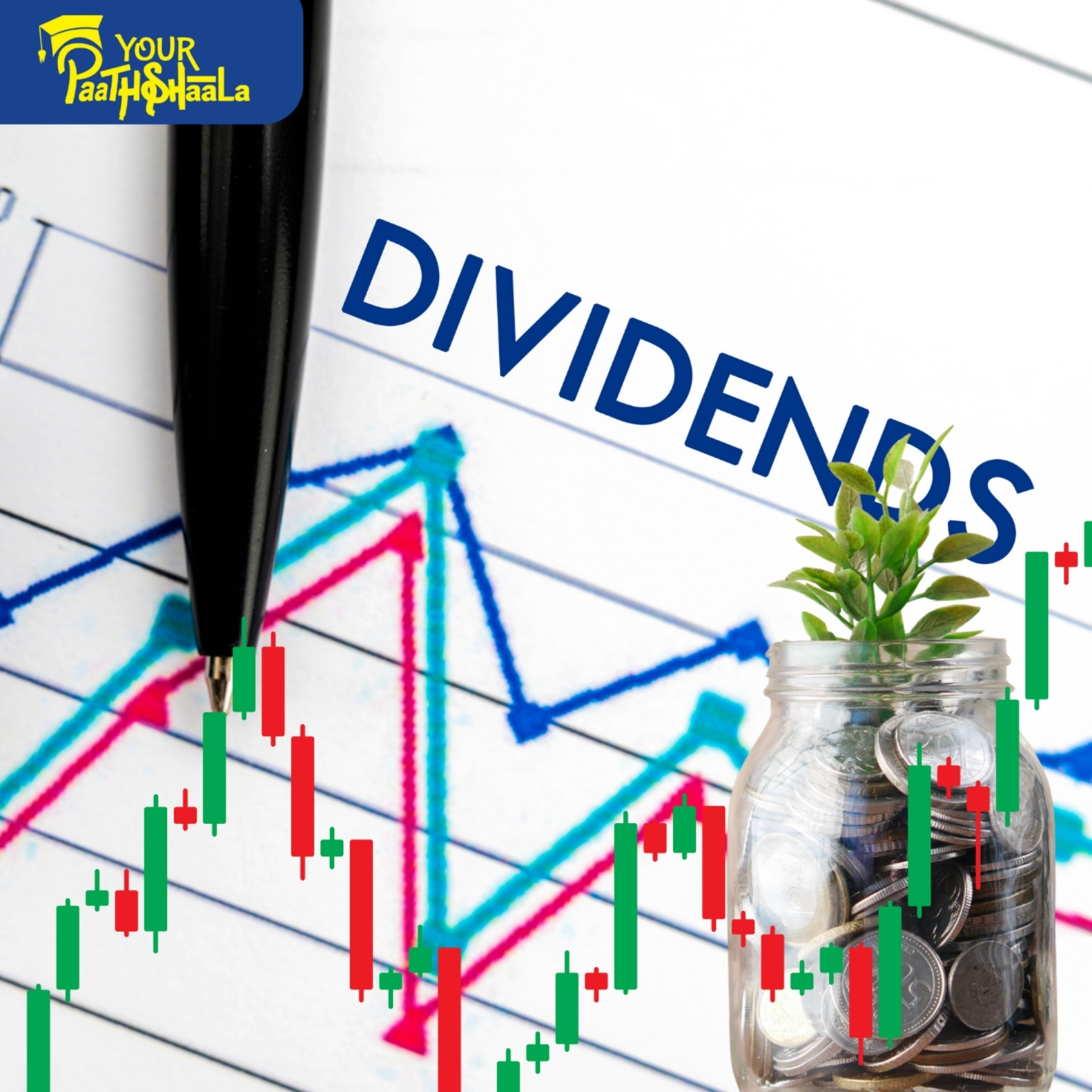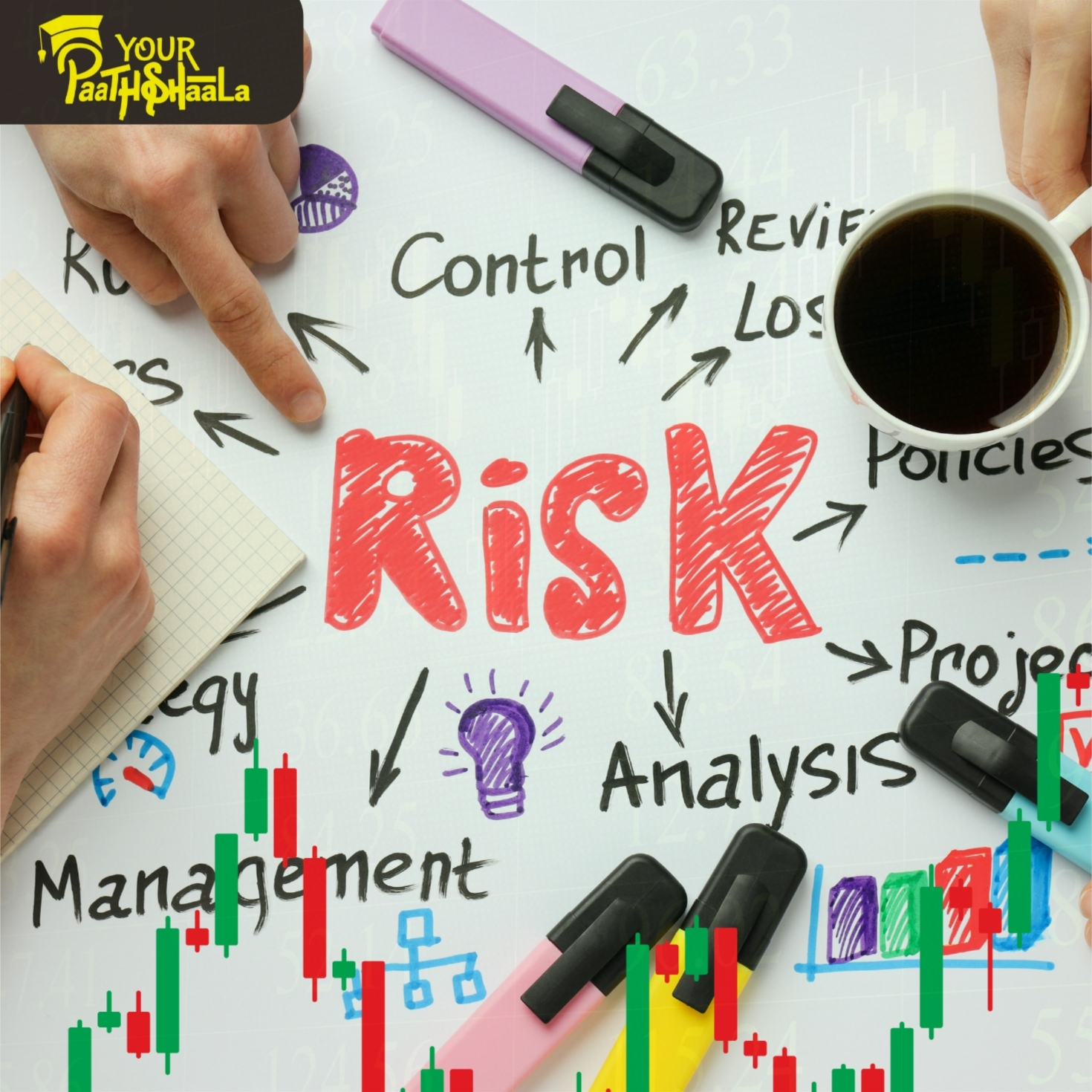Green Bond Evolution: Shaping Sustainable Portfolios in 2025
Green bonds are revolutionizing fixed income investing by funding environmental projects while delivering competitive returns. As of August 11, 2025, green bonds, along with social and sustainability bonds, are becoming integral to diversified multi-asset portfolios, allowing investors to address climate challenges without sacrificing performance. Impact measurement drives allocation decisions, yield optimization balances profit and purpose, and sustainable finance shapes portfolio management. This 2000-word guide explores these evolving strategies, offering actionable insights for beginners and seasoned investors. Ready to align your investments with a sustainable future? Let’s dive into the green bond evolution.
What is the Green Bond Evolution?
The green bond evolution marks the shift from niche environmental financing to a core component of modern portfolios. Green bonds fund projects like renewable energy or clean water, while social bonds support social initiatives, and sustainability bonds combine both. Unlike traditional bonds, these instruments emphasize measurable impacts, such as carbon reduction or community development. With global green bond issuance exceeding $500 billion in 2024, per Bloomberg, this evolution integrates sustainability into fixed income, enabling portfolios that generate returns while contributing to global goals like the UN Sustainable Development Goals.
Key Strategies in Green Bond Evolution
To leverage green bonds, focus on four key strategies: multi-asset portfolio integration, impact measurement for allocation, yield optimization through responsible choices, and the role of sustainable finance in portfolio management. Below, we explore each in detail.
1. Multi-Asset Portfolio Integration: Diversifying with Green Bonds
Green, social, and sustainability bonds are increasingly integrated into multi-asset portfolios, providing diversification beyond traditional stocks and bonds. For example, adding green bonds to a portfolio with equities and commodities can reduce volatility while funding eco-friendly projects like solar farms. This integration allows investors to achieve balanced returns with positive environmental impact.
How to Integrate Green Bonds into Multi-Asset Portfolios
Invest in green bond ETFs like BGRN (iShares Global Green Bond ETF) for diversified exposure.
Balance allocations with traditional assets like SPY (stocks) or BND (bonds) to maintain risk-return profiles.
Assess bond issuers for alignment with environmental goals, using ratings from Moody’s or S&P.
Diversify across bond types (green, social, sustainability) to address various challenges.
Multi-asset integration enhances diversification but requires verifying bond “greenness” to avoid greenwashing risks.
2. Impact Measurement: Driving Allocation Decisions
Impact measurement is central to green bond allocation, ensuring investments deliver tangible outcomes like reduced emissions or improved biodiversity. Metrics such as tons of CO2 avoided or jobs created guide decisions, aligning financial performance with sustainability goals. For instance, a green bond funding wind energy might report 100,000 tons of CO2 savings annually.
How to Use Impact Measurement
Employ tools like Impact Cubed or MSCI Impact Metrics to quantify bond outcomes.
Allocate to bonds with strong impact reports, such as those from the World Bank or European Investment Bank.
Track performance against benchmarks like the Bloomberg Barclays MSCI Green Bond Index.
Diversify across high-impact projects to balance financial and ethical returns.
Impact measurement ensures accountability but can be challenging due to varying standards, so use standardized frameworks like ICMA principles.
3. Yield Optimization Through Responsible Choices
Green bonds optimize yields by combining competitive returns with responsible investing, where profit and purpose coexist. In 2025, green bonds often yield similar or higher than conventional bonds due to growing demand, with premiums for sustainable projects. For example, a corporate green bond from Apple might offer 3-4% yields while funding clean energy.
How to Optimize Yields with Green Bonds
Select high-yield green bonds from issuers with strong credit ratings via platforms like Bloomberg.
Compare yields with traditional bonds to ensure competitive performance.
Invest in diversified green bond funds like GRNB (VanEck Green Bond ETF).
Diversify across maturities and issuers to balance yield and risk.
Yield optimization aligns with sustainability but faces risks like lower liquidity, so prioritize established issuers.
4. Sustainable Finance in Portfolio Management: The New Paradigm
Sustainable finance is reshaping portfolio management by embedding green bonds into strategies that prioritize long-term environmental and social benefits. This approach integrates ESG factors, ensuring portfolios are resilient to climate risks while driving positive change. For instance, asset managers like BlackRock are incorporating green bonds into core fixed income funds.
How to Manage Portfolios with Sustainable Finance
Use ESG integration tools like Sustainalytics to embed green bonds in portfolios.
Align with global standards like the EU Sustainable Finance Disclosure Regulation.
Rebalance portfolios to include sustainability bonds for social impact alongside green bonds.
Diversify across sustainable asset classes to enhance overall performance.
Sustainable finance strengthens portfolios but requires navigating evolving regulations, so stay informed on global standards.
Risks and Challenges in Green Bond Investing
Green bond evolution offers opportunities but comes with challenges:
Greenwashing: Bonds may claim environmental benefits without real impact.
Liquidity Risks: Green bonds can have lower trading volumes than conventional ones.
Yield Variability: Returns may fluctuate with market demand for sustainable assets.
Regulatory Changes: Evolving standards can affect bond classifications.
To mitigate risks, verify impacts with third-party ratings, diversify across issuers, and monitor regulatory developments. Professional guidance can enhance strategy execution.
Tools and Resources for Green Bond Investing
To excel in green bond strategies, leverage these tools:
Bond Platforms: Use Bloomberg or Morningstar for green bond data and yields.
Impact Tools: Measure outcomes with Impact Cubed or ICMA Green Bond Principles.
ETF Screeners: Find sustainable ETFs via ETF.com or Vanguard.
Educational Resources: YourPaathshaala offers courses on sustainable investing.
These tools, combined with disciplined research, can optimize your green bond strategy.
Why Green Bond Evolution Matters in 2025
As of August 11, 2025, green bond evolution is critical amid surging sustainable finance. Issuance hit $600 billion in 2024, driven by net-zero commitments and regulations like the EU Green Bond Standard, per Bloomberg. Impact-focused portfolios outperformed traditional ones by 5% in 2024, per Morningstar, as investors demand alignment with sustainability goals. With climate risks escalating—losses topped $300 billion in 2024, per Munich Re—green bonds are reshaping fixed income for a future where profit and purpose converge.
Getting Started with Green Bond Evolution
Ready to build sustainable portfolios? Follow these steps:
- Learn Green Bonds: Study types, impacts, and market trends.
- Choose a Platform: Select a broker offering green bond ETFs and analytics.
- Start Small: Test strategies with a small allocation to sustainable bonds.
- Diversify: Spread investments across green, social, and sustainability bonds.
- Seek Education: Enroll in courses at YourPaathshaala, located near Anjali Children Hospital, Tagore Nagar, Mathpurena, Raipur, Chhattisgarh, PIN code: 492001.
Conclusion
Green bond evolution—integrating into multi-asset portfolios, emphasizing impact measurement, optimizing yields, and advancing sustainable finance—represents the future of fixed income in 2025. These strategies enable investors to generate returns while addressing environmental and social challenges. Despite risks like greenwashing or liquidity issues, diversified approaches and robust tools can lead to success. Learn how green bonds can enhance your strategy with YourPaathshaala’s expert guidance.
Visit YourPaathshaala
Near 🏥 Anjali Children Hospital, Tagore Nagar, Mathpurena, Raipur.
📫 PIN code: 492001, Chhattisgarh
📞 Click the Call Now to contact us!
Take your financial knowledge to the next level with YourPaathshaala—your trusted partner for investment education and market insight.







